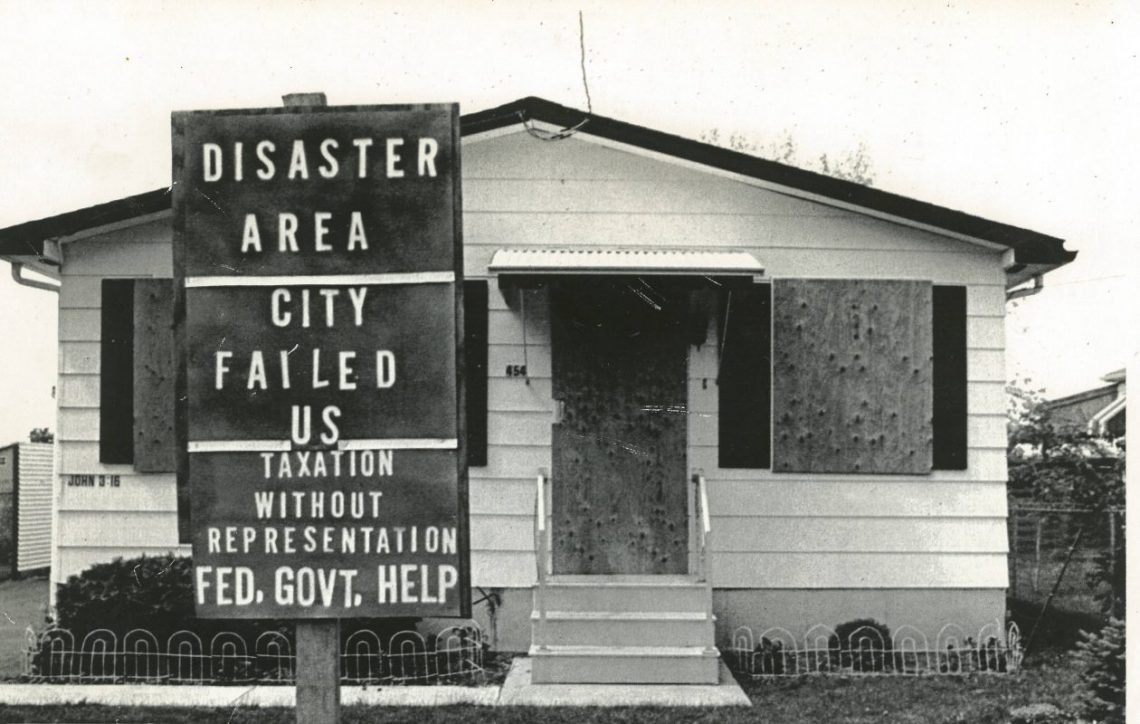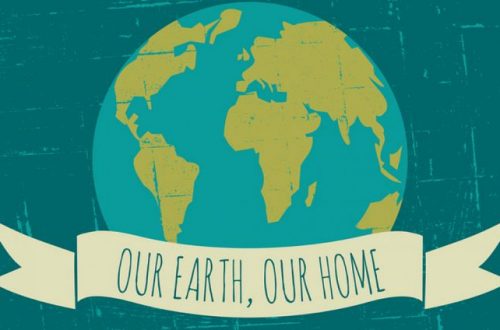
The Love Canal Disaster
Love Canal was originally meant to be the perfect community. William T. Love felt that by digging a short canal between the upper and lower Niagara Rivers, power could be generated to fuel the industry and homes of this city. Despite considerable support, the idea failed due to fluctuations in the economy and Nikola Tesla’s discovery of how to economically transmit electricity over great distances by means of an alternating current.
To put it simply, the story of the Love Canal tragedy is one of the most terrible environmental tragedies in American history.
In the 1920s, the canal was turned into a municipal and industrial chemical dumpsite. From 1942 to 1953, the Hooker Chemical Company, with government sanction, had dumped around 21,000 tons of toxic chemicals, including at least twelve known carcinogens, into the Love Canal.
In 1953, Hooker capped the hazardous waste landfill in clay and sold it to the Niagara Falls School Board. In the late 50s, roughly 100 homes and a school were built on the site.
After a record amount of rainfall, the hazardous waste buried underground began to leach into the backyards and basements of 100 homes and a public school built on the banks of the Love Canal.
Reflecting on when he visited the Love Canal at the time, Eckardt Beck writes, “corroding waste-disposal drums could be seen breaking up through the grounds of backyards. Trees and gardens were turning black and dying. One entire swimming pool had been had been popped up from its foundation, afloat now on a small sea of chemicals. Puddles of noxious substances were pointed out to me by the residents. Some of these puddles were in their yards, some were in their basements, others yet were on the school grounds. Everywhere the air had a faint, choking smell. Children returned from play with burns on their hands and faces.”
And then came the unexplained illnesses and birth defects. Public awareness of the disaster unfolded in the late 1970s when abnormally high rates of miscarriages and birth defects began occuring in the Love Canal neighborhood, as well as cases of epilepsy, asthma, migraines, and nephrosis.
“I recall talking with the father of one of the children with birth defects,” Eckhardt says, “‘I heard someone from the press saying that there were only five cases of birth defects here,” he told me. “When you go back to your people at EPA, please don’t use the phrase ‘only five cases.’ People must realize that this is a tiny community. Five birth defect cases here is terrifying.'”
After much protesting, the citizens of Love Canal were finally evacuated from their homes.
In one case, two of a woman’s four grandchildren had birth defects. A granddaughter was born deaf with a cleft palate, an extra row of teeth, and slight mental retardation. A grandson was born with an eye defect.
After a hard battle by activists, President Jimmy Carter declared a state of emergency in 1978 and had the federal government relocate 239 families. A second state of emergency was declared in 1981, and the remaining families were relocated. The total cost of relocation of the families was $17 million. Lawmakers used the national publicity generated by this disaster to push for new legislation to hold polluters financially responsible for cleaning up their toxic waste sites. This resulted in the passing of the 1980 Comprehensive Environmental Response, Compensation, and Liability Act–also known as the Superfund. Additionally came the emergence of a militant, grassroots environmental justice movement, launching anti-toxin campaigns in hundreds of cities across the U.S.


